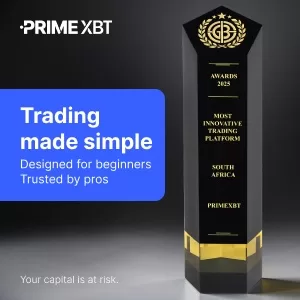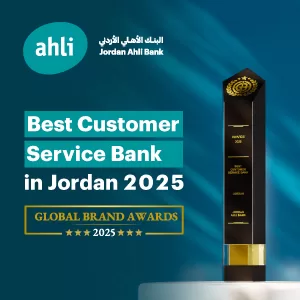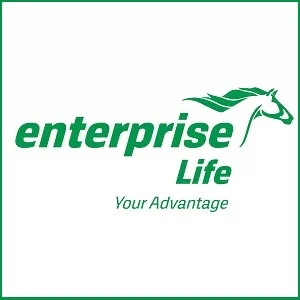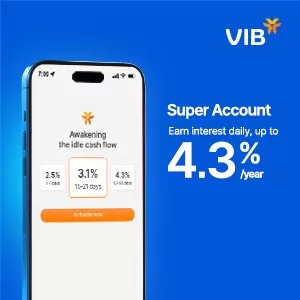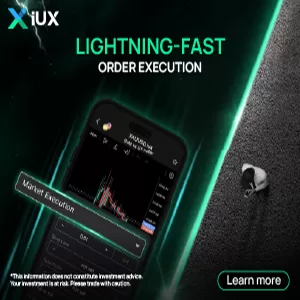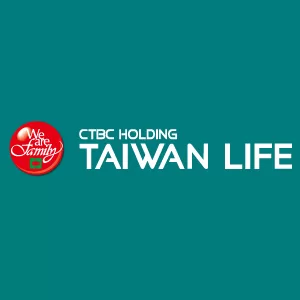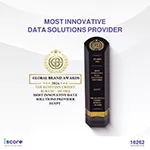Finance
Blockchain in Banking: Key Innovations Transforming Finance

- Major global banks were experimenting with the use of blockchain to grow financial system efficiency, transparency, and cost-effectiveness.
- Initiatives such as Fnality International, JPMorgan’s Liink, and Project Agora are trying to make major changes in cross-border payments, trade finance, and interbank communications.
- The most advanced blockchain-based platforms like Canton Network and Versana are transforming financial markets for the good in terms of anonymity, liquidity, and data access in real time.
Amidst its current theoretical excitement and serious real-world potential, major global institutions have quietly become the public observers of what has happened to the underlying technology anything-has happened to it. In these years, some ground-breaking blockchain initiatives have found their way into the financial industry, with both public and private financial organisations doing so.
Key contributors, such as Fnality International, JPMorgan’s Link network, Project Agora, the Canton Network, and the Versana Platform, have shown how banks have increasingly embraced the technology of the blockchain to the point of improvement in efficiency, cost, and transparency with financial transactions. Some people could argue that there may be sceptics, criticizing the entire enterprise as simple hype, but the growing number of blockchain-backed initiatives would say otherwise. Bank of America, for example, owns more than 80 patents related to blockchain and thus presents itself as a leader in blockchain innovation.
For a sector often decried for the slow uptake of transformative trends, embracing the move by these financial behemoths on the real materialisation of tangible blockchain efforts opens a path for a future with more transparent, efficient, and innovative banking systems.
Impact of Fnality International on Cross-Border Payments
One of the significant blockchain developments in the financial realm is by Fnality International. Finally, supported and run by HSBC, Santander, Barclays, and UBS, among other important financial names, wants to address the high costs and lengthy times of processing and opacity in international payments. Finality will operate with central bank money that is tokenized to provide Utility Settlement Coins (USCs) that digitally represent fiat currencies and promise instant settlement, lowering the counterparty risk.
USCs, in contrast with cryptocurrencies, have 100% reserve backing from central banks, which means they will forever be stable and regulatory compliant. Designed to merge smoothly into existing financial systems, the solution works even with established and real-time gross settlement systems (RTGS). However, the problem arises in terms of regulatory concerns and achieving widespread adoption, mostly because central banks continue to be wary of all the hazards related to tokenized cash.
JPMorgan Liink: The Blockchain Highway Built for Banks
Now considered the considerable testing ground of the Liink network, JPMorgan Chase turns out to be another significant player in financial services and blockchain tests. The Link network—previously referred to as Interbank Information Network (IIN)—is an open blockchain to be used by only authorized financial institutions to facilitate and ensure transactions are verified rapidly and securely. Unlike unclear and delayed interbank communication, the solvency of banks will be at its peak with Liink.
A simple process allows the owners to develop: account-ownership verification in most cases and minor disputes related to payment reconciliation, which earlier used to take several days could be finalized in minutes with Liink. Presently, Liink is embedded with more than 400 financial institutions, increasing the credibility among players that the market was in dire need of more clarity to communicate in banking terms. Furthermore, to bolster their blockchain initiatives, JPMorgan has even gone so far as to create Onyx’s digital asset division, an effort by the bank looking at the application of tokenised deposits and DeFi.
Agro Project: Rethinking Trade Finance.
Trade finance is a huge $5 trillion industry, riddled with difficulty and inefficiency. Backed by behemoths like HSBC, BNP Paribas, and other financial corporations, Project Agora is ready to construct trade finance on a new pedestal with blockchain as the prominent base. The R3 Corda-powered Project Agora will create a shared digital ledger, that will track trade transactions in real-time. The benefit of this is that parties will not have to verify on paper, significantly reducing fraud risks associated with these transactions.
Banks and enterprises can trade these trade assets-like invoices and letters of credit themselves for a far more liquid and transparent market, as these would be tokenized. Early red flags as to how much Project Agora might revolutionize the trade finance system were seen in their successful pilot transactions, as processing times were flagged and cash flow guaranteed for traders.
Canton Network: Aligning Financial Markets
His start is attributed to the Swiss financial services company SIX, partnering with Deutsche Boerse and Goldman Sash in itself enough to significantly market disintegration; the task is to make trade more transparent and liquid. With the aid of cutting-edge encryption and confidentiality technologies, which protect the information of those who shy away from others, financial institutions have spoken to the managers about such a system that is good to implement, thus killing the key challenge standing in the way of financial institutions. It has to contribute more effectively to improving efficiency and innovation in the capital markets by helping matters like securities issuance and asset valuation.
The Versana Platform: Evolution in Your Perspective on Syndicated Loans
A sector with a sum of $4 trillion worth, syndicated lending has gone a long way with inefficiencies and manual errors as its hull; the Versana platform was built in collaboration with several financial giants bringing blockchain technology into the financial industry. By providing data in real-time, the loan should come on a single easily accessible board, reducing the jumble of errors and delays on a particular loan.
As created on the DAML blockchain of the Canton Network, Versana is attracting a great deal of attention from big names in the industry. Having huge investors like J.P. Morgan, Bank of America, Citi, and Credit Suisse, among others, Versana is contributing towards the complete transformation of syndicated loan market operations and increasing visibility in that market.
The Future of Blockchain and the Banking Sector
The longer thought that banks are preparing themselves for these blockchain measures, will surely not be wrong. These blockchain initiatives demonstrate that banks will be using it chiefly for better asset management trends putting an end to more than a hundred years of inefficiency and creating completely new efficiency levels. The principal areas under which the technology will likely bring a sea change are cross-border payments, trade finance, communication among financial institutions, and syndicated loan-market transformation.
Major financial institutions heavily invest in blockchain developments and learn the outcome from a year to three years whether tremendous change may be expected from this technology in global banking affairs. Over time, the move might create a much more modern, transparent and efficient financial landscape through these projects.





